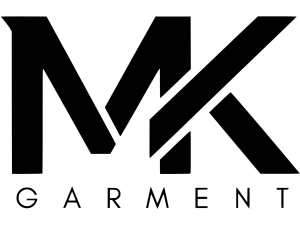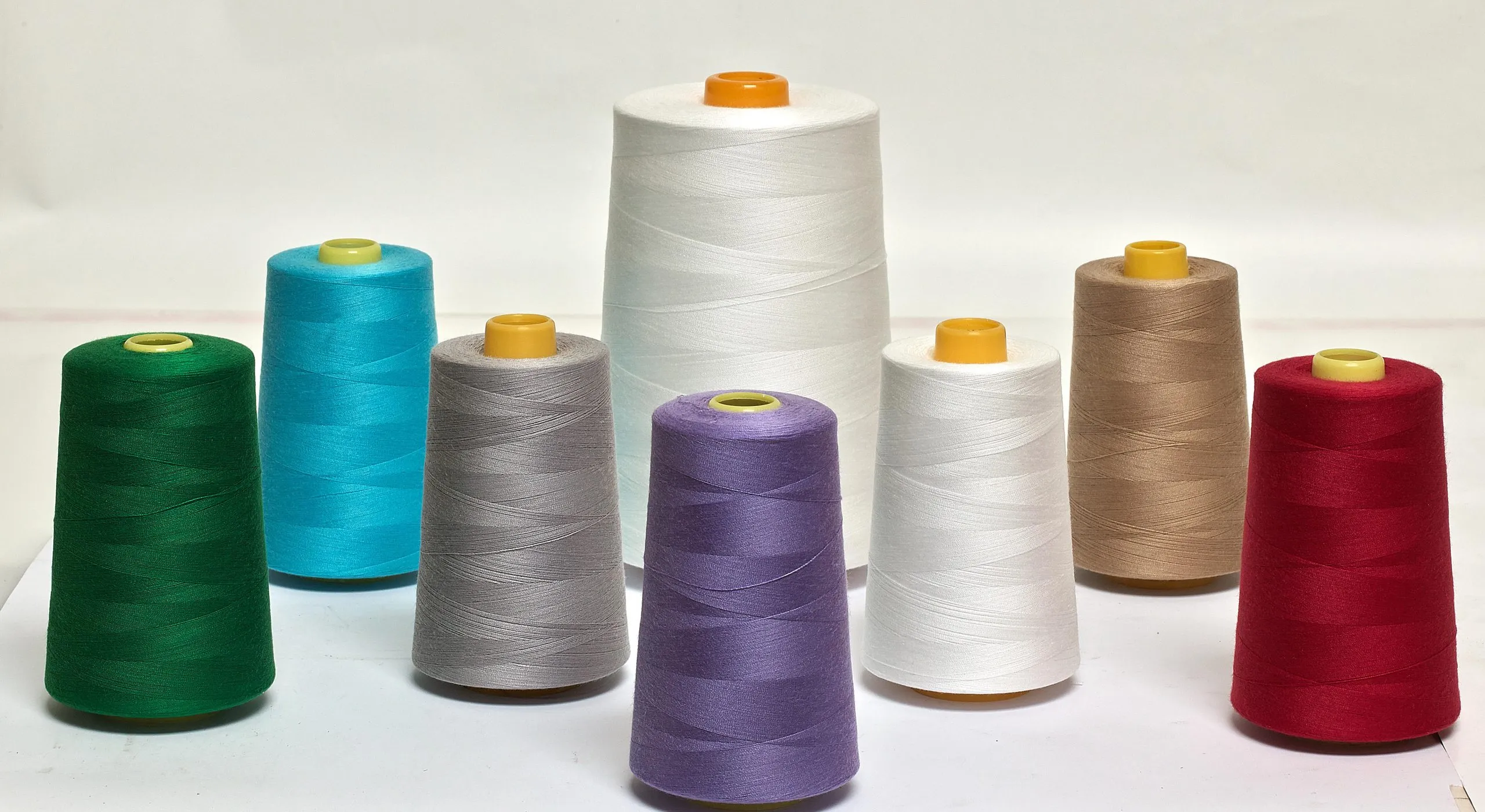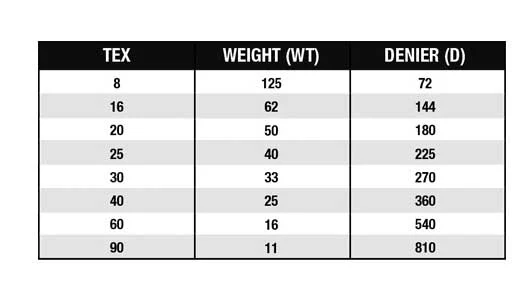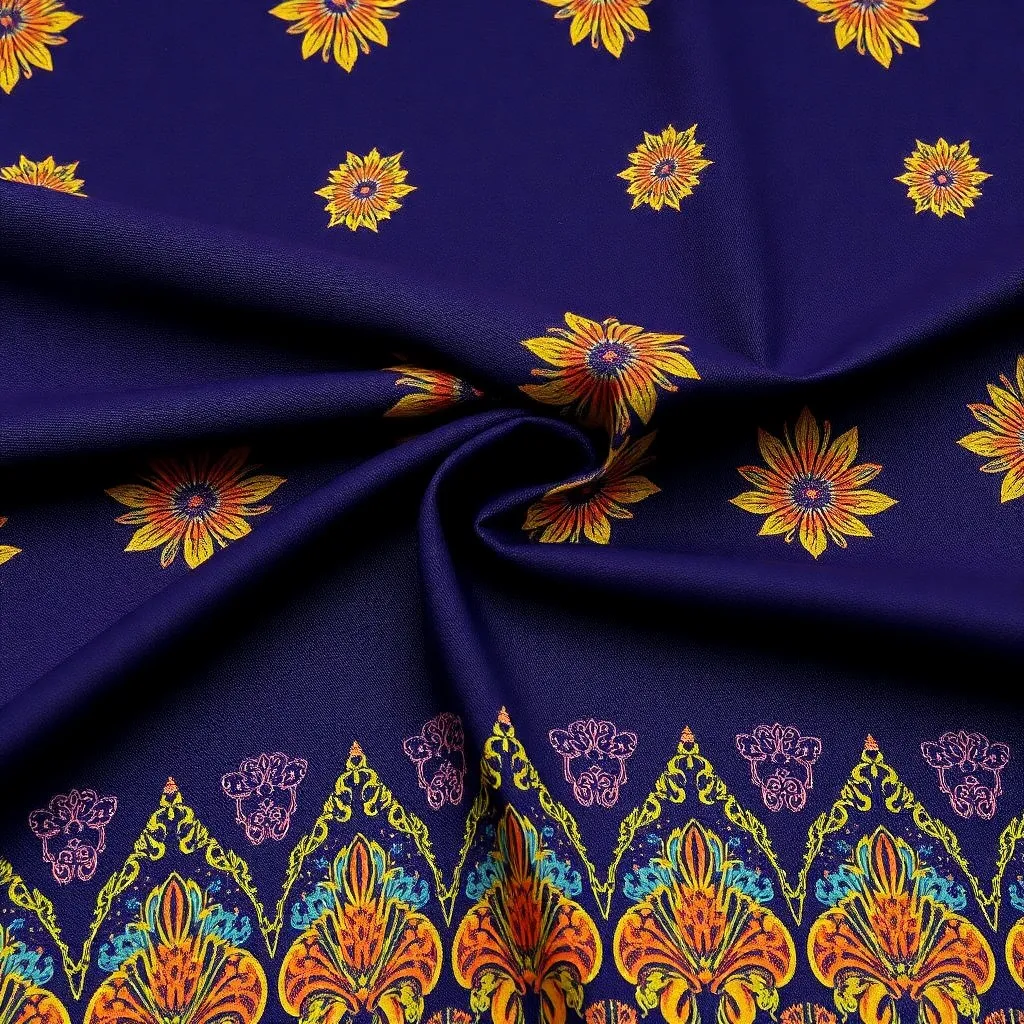
Viscose fabric also called rayon is one of the most versatile materials used today. It feels soft and cool like cotton, flows beautifully like silk, and keeps prices friendly for everyday fashion. Behind its comfort is a mix of natural cellulose from trees and smart chemical processing, which turns wood pulp into a smooth, breathable fibre. This article explains everything you need to know in a simple, clear way what viscose is, how it’s made, why it’s popular, its strengths, its limits, and how it compares to other fabrics.
What Is Viscose Fabric?
To understand viscose, it helps to start with what it is made from and why it’s so common. Viscose belongs to a special group called “regenerated cellulose fibres,” meaning it begins as a natural material but is transformed through chemistry. This gives viscose the unique ability to feel natural while offering the smoothness and drape of more luxurious fabrics. Knowing this foundation makes it easier to understand why viscose appears in so many types of clothing.
In simple terms about Viscose Fabric:
- Natural origin: comes from trees
- Chemical processing: transformed into fibre
- Result: smooth, breathable fabric used in clothing and home textiles
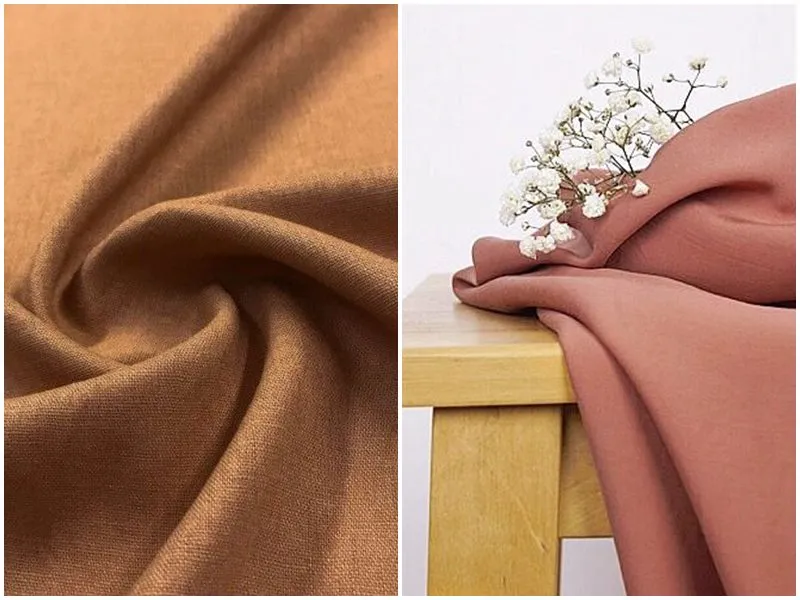
Viscose fabric is a semi-synthetic textile made from cellulose extracted from wood pulp. The cellulose is dissolved, chemically processed, and spun into soft, shiny fibres that resemble silk. Because its origin is natural but heavily processed, viscose sits between natural fibres (like cotton) and synthetic fibres (like polyester). It combines breathability, comfort, and affordability, making it one of the world’s most widely used materials.
How Viscose Is Made:
- Cellulose extraction: Wood chips are turned into pulp and purified.
- Alkali treatment: Pulp is mixed with sodium hydroxide to form “alkali cellulose.”
- Pressing & shredding: It becomes “white crumb.”
- Aging & xanthation: Mixed with carbon disulfide to form “yellow crumb.”
- Dissolving: Turns into thick viscose liquid.
- Filtering & degassing: Removes impurities and air.
- Extruding: Pushed through tiny holes to form fibres.
- Acid bath: Hardens filaments, which are then washed and dried.
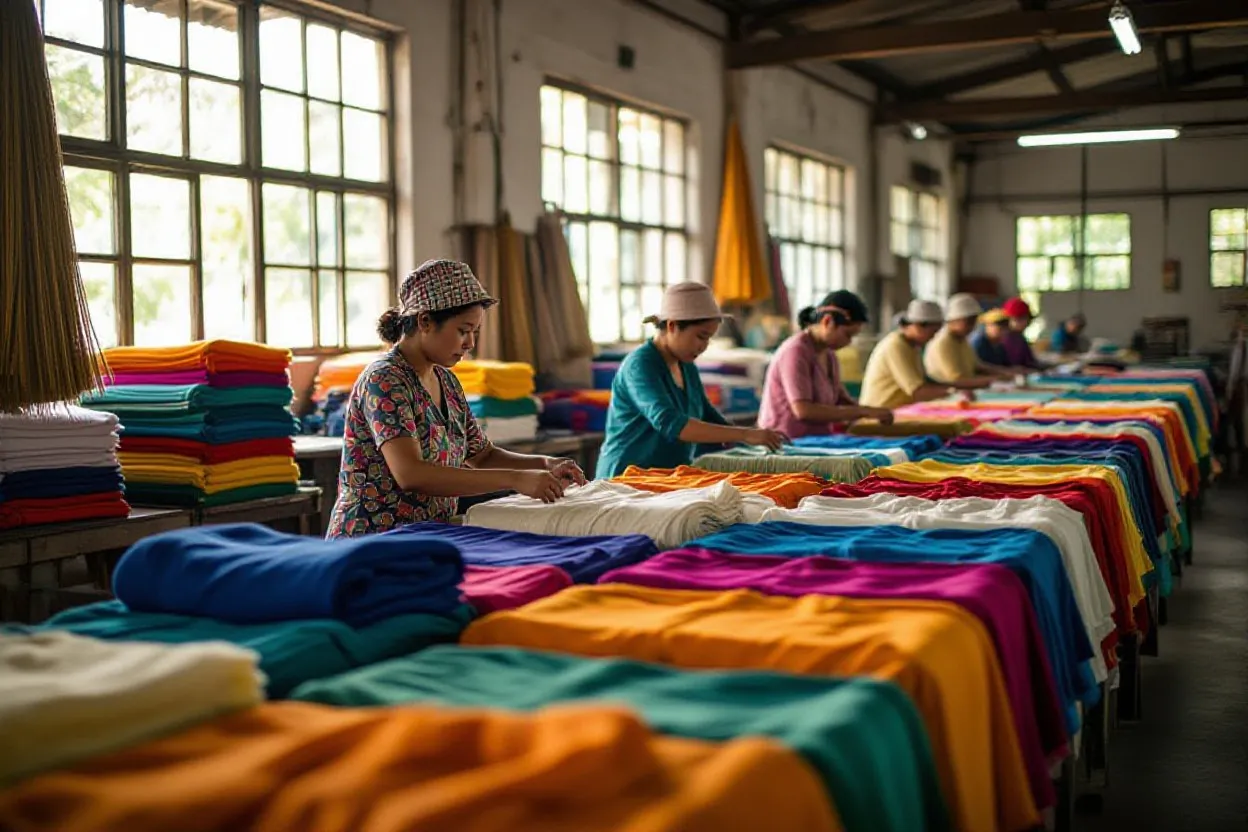
Types of Viscose:
Not all viscose is the same. Over time, variations were developed to improve strength, durability, and sustainability. These different types help solve weaknesses of regular viscose and expand its range of applications. Knowing these categories is helpful when reading care labels, sourcing fabric, or comparing materials for manufacturing.
- Standard Viscose: The most common and widely used.
- Modal: Stronger, more durable, less pilling, used in underwear, activewear, sheets.
- Lyocell (TENCEL™): Eco-friendly closed-loop system; soft, durable, premium.
- Acetate Rayon: Shiny and lightweight; common in linings.
- Cuprammonium Rayon: Historic, very fine, mostly discontinued for environmental reasons.

Many people confuse viscose with cotton or silk because it shares qualities with both. It is:
- Softer and more flowing than cotton
- More affordable than silk
- Cooler and more breathable than polyester
That’s why viscose is often called: “The affordable imitation silk.”
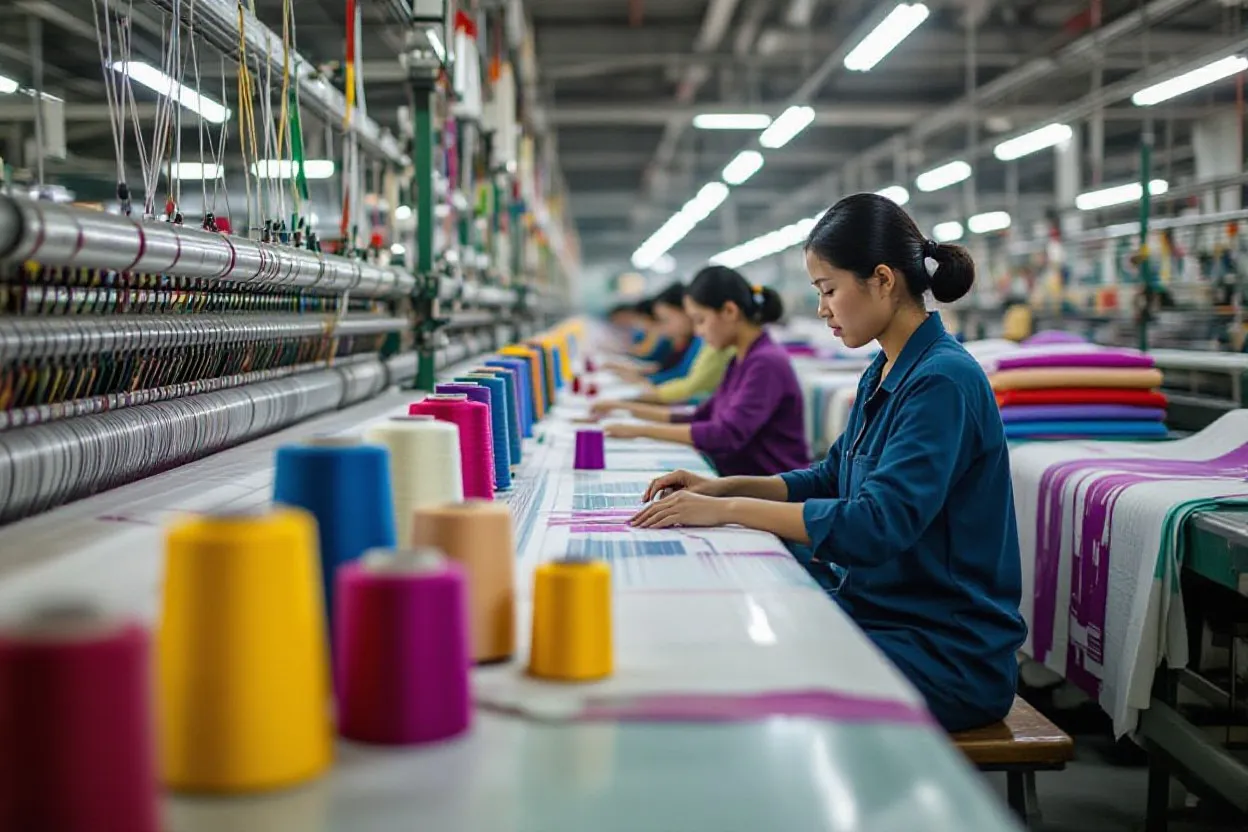
Why Is Viscose Semi-Synthetic?
Before diving into properties and uses, it’s important to understand where viscose sits among other fibres. Some people think it is natural because it comes from trees; others assume it is synthetic because chemicals are involved. The truth sits in the middle, and this “in-between” identity affects how people judge the fabric’s performance and sustainability. Understanding this classification clears up many common. Viscose sits between natural fibres (like cotton) and synthetic fibres (like polyester).
- The raw material is natural → cellulose from wood
- The process is chemical → involves sodium hydroxide, carbon disulfide, and acid baths
Because of this mix, viscose is neither fully natural nor fully synthetic. Instead, it belongs to a special category called regenerated cellulose fibres.

Key Properties of Viscose Fabric
A fabric’s properties decide how it feels, how it behaves, and where it should be used. Viscose stands out because it blends comfort, softness, and breathability in a way few other fabrics can. These qualities make it suitable for both everyday wear and premium fashion. Understanding these properties helps buyers choose better clothing and helps manufacturers use viscose effectively. Manufacturers love viscose because the fabric offers a wide range of useful characteristics. Here are the most important ones in everyday terms:
- Very Breathable: Viscose lets air move easily through the fibres, making it comfortable in hot weather.
- Great Moisture Absorption: It absorbs sweat well and dries faster than cotton.
- Soft and Smooth: It feels gentle on the skin with a silky surface.
- Beautiful Drape: It hangs naturally, flowing with the body—perfect for dresses, shirts, and skirts.
- Bright, Vivid Colors: Viscose holds dyes very well, producing rich and vibrant shades.
- Medium Stretch and Heat Retention: It has slight give but doesn’t stretch like spandex, and it feels cool rather than warm.
- Prone to Wrinkles and Pilling: It can crease more easily and may form small surface balls (pills) depending on fabric blend.
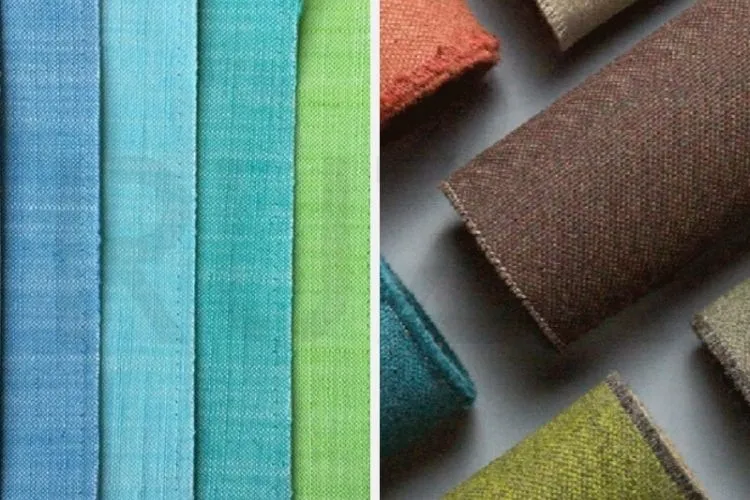
Common Uses of Viscose Fabric:
Because viscose feels soft, breathes well, and drapes beautifully, designers and manufacturers use it in many different ways. It performs almost like cotton or silk, but is far more affordable, making it perfect for both budget and premium pieces. These qualities also allow viscose to appear in both fashion and home products. Its versatility is one of the main reasons it remains popular worldwide.
- Fashion Clothing: Dresses, shirts, skirts, pants, blouses, tunics, cardigans, nightwear and loungewear…
- Home Textiles: Bedsheets, curtains, tablecloths, towels…
- Industry: Tyre cords, belts and hoses, special performance fabrics…
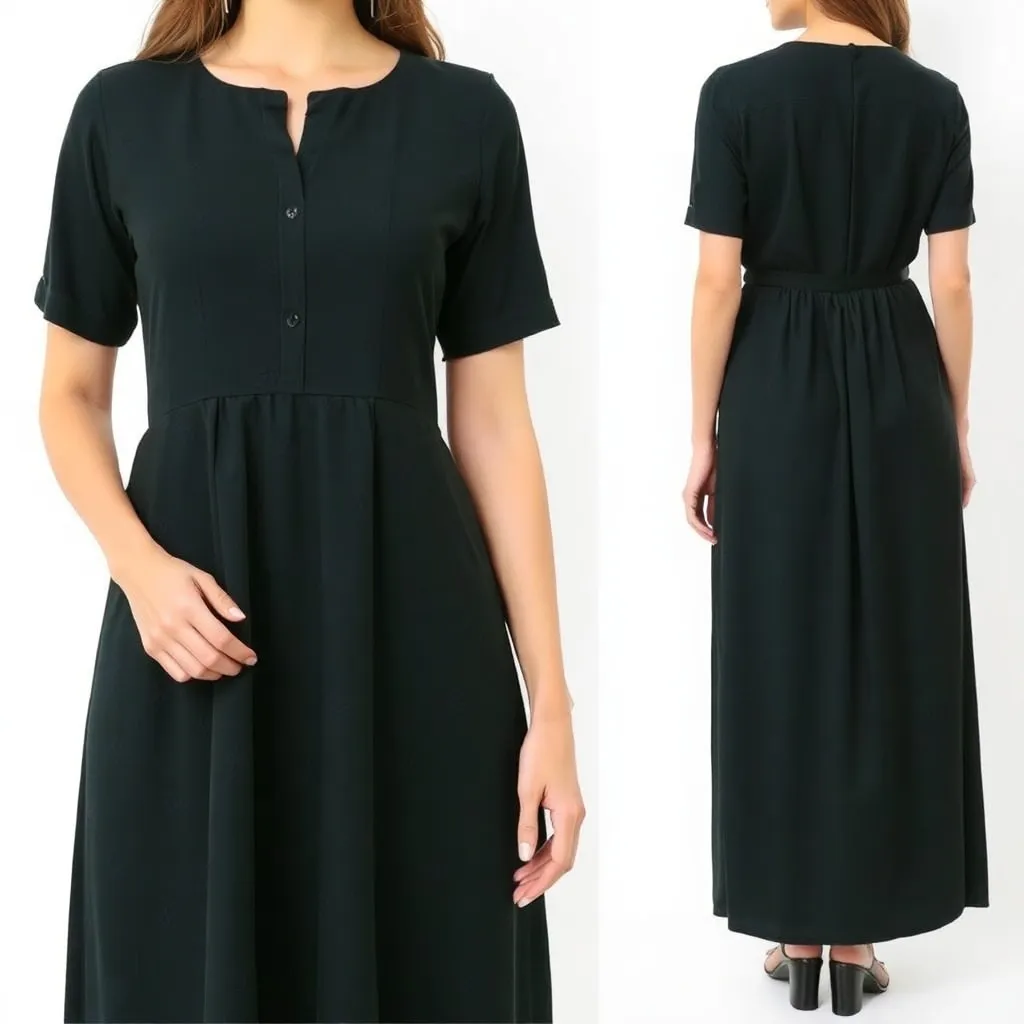
How Viscose Compares to Other Fabrics:
Comparing viscose to cotton, polyester, silk, and lyocell helps buyers understand where viscose fits in the textile landscape. Each fabric has different strengths, so the best choice depends on comfort, cost, and performance. This comparison makes it easier for consumers and manufacturers to choose the right material for the right purpose.
| Feature | Viscose | Cotton | Polyester | Silk | Lyocell |
|---|---|---|---|---|---|
| Breathability | Excellent | Good | Low | Excellent | Excellent |
| Softness | Very soft | Medium | Smooth | Luxury soft | Very soft |
| Drape | Excellent | Medium | Medium | Excellent | Excellent |
| Price | Affordable | Moderate | Low | High | Higher |
| Eco-Friendliness | Medium/Low | Medium | Low | Medium | High |
| Wrinkle Resistance | Medium | Medium | High | Low | Medium |
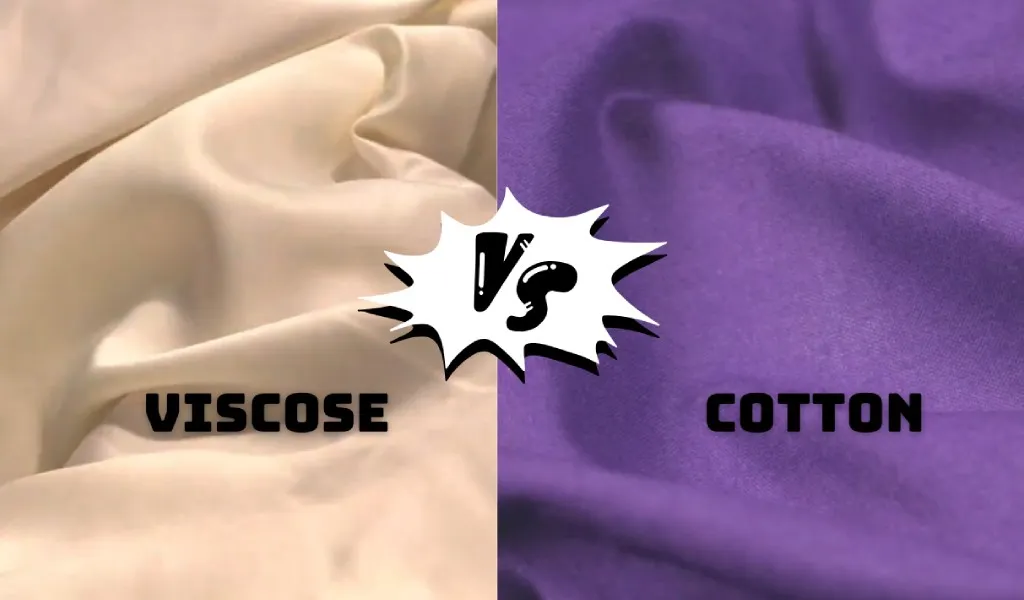
Conclusion / Final Words
Viscose fabric offers the comfort of natural fibres and the elegance of silk at an affordable price. It’s breathable, soft, and perfect for garments that need a beautiful drape. While traditional viscose production raises environmental concerns, newer technologies like lyocell and certified sustainable viscose offer cleaner alternatives. With proper care and responsible sourcing, viscose remains a valuable and versatile material in modern fashion.

FAQs About Viscose Fabric Why It’s Everywhere
In Short, what is viscose fabric?
Viscose, often called rayon, is a regenerated cellulose fibre made from wood pulp. It combines natural origin with chemical processing, producing a soft, breathable fabric that drapes like silk and feels cool like cotton. Viscose is widely used in apparel and home textiles because it balances comfort, appearance, and cost.
In short, how is viscose made?
The viscose process begins with cellulose from wood pulp. The pulp is treated with sodium hydroxide to form alkali cellulose, then reacted with carbon disulfide to make cellulose xanthate. This is dissolved in caustic soda to create a viscous solution, filtered and aged, then spun into fibres by regenerating cellulose in an acidic bath. The fibres are washed, bleached, and finished; the process uses significant chemicals and requires careful effluent handling.
In short, why is viscose described as semi-synthetic?
Viscose is semi-synthetic because its raw material is natural cellulose, but it undergoes heavy chemical transformation to become fibre. It is not a wholly natural fibre like cotton, nor a fully synthetic polymer like polyester; it is a regenerated cellulose fibre that sits between those categories.
How does viscose feel and perform in clothing?
Viscose feels soft, smooth, and cool against the skin, with excellent drape and a silk-like sheen. It breathes well and is comfortable in warm weather, but it wrinkles easily, can lose strength when wet, and may shrink or stretch if not handled properly. It is ideal for flowing dresses, blouses, linings, and lightweight garments where drape and hand feel matter more than heavy wear resistance.
What types or variations of viscose are available?
Variants include standard viscose (regular rayon), high-wet-modulus (HWM) viscose often marketed as modal, and specialty forms like bamboo-derived viscose and cuprammonium rayon. Modal is stronger and more dimensionally stable, while lyocell is a related regenerated cellulose fibre produced in a cleaner closed-loop process (not technically viscose but functionally similar). Different grades target strength, softness, shrinkage control, or sustainability.
How should I care for viscose garments?
Follow the garment label; when washing, use a gentle cycle or hand wash in cold water with mild detergent. Avoid wringing—squeeze or roll in a towel to remove water, reshape while damp, and dry flat or hang to dry away from direct sun. Use low-to-medium iron or steam inside out for wrinkles, and consider dry cleaning for structured or lined pieces. Avoid tumble drying to prevent shrinkage and distortion.
Is viscose environmentally friendly and are there sustainable options?
Traditional viscose production can have environmental impacts: chemical use (notably carbon disulfide), water consumption, and risks from unsustainably sourced wood. More sustainable options include viscose from certified forests (FSC/PEFC), manufacturers with closed-loop chemical recovery, modal improvements, recycled regenerated cellulose, and lyocell produced via solvent recovery. Choosing certified suppliers and newer technologies reduces environmental and social risks associated with viscose.
